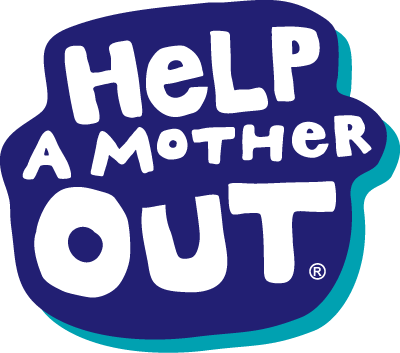A few weeks ago I wrote a post over at Change.org, about California’s Inland Empire. I interviewed Melinda Corral, the executive director of our newest partner agency, Building a Generation (BAG) to learn more about the rising poverty rate in the southern California region and what BAG has witnessed since the start of the Great Recession.
The record number of foreclosures, coupled with a social service infrastructure that was already taxed prior to the Great Recession, has brought the Inland Empire to it’s knees with the influx of newly homeless families.
One of the saddest stories Melinda told me about was of a young mother, whom I will call Christina.
Christina called Melinda at BAG because she had nowhere else to turn. She was living with her 9 month old baby in a motel, which was being paid for with motel vouchers from Catholic Charities. She had no diapers the day Melinda came to visit her and was using the motel’s white towels to diaper her baby. When Melinda asked her how many diapers Christina needed, her answer was six. For the week.
Christina’s case proved impossible to solve and it still haunts Melinda. They were unsuccessful at finding a homeless shelter or transitional housing program that would take Christina, since she didn’t fit the requirements of many of the region’s programs. She wasn’t a domestic violence survivor. She wasn’t a drug addict. She wasn’t mentally ill. She wasn’t an official resident of this city, or that city. And she had a baby. Each day they attempted to find a solution, agency doors kept closing shut.
Even though BAG was located several cities away from where Christina was receiving most of her services, Melinda continued to keep in touch with her, until one day Christina stopped calling.
I wanted to relay this story to you because we hear so many statistics in the media: One in sevenAmericans now live in poverty; the effects of childhood poverty last a life time. Christina’s story is just one of those behind the statistics.
We want to hear from you, Dear Reader. What do you think should be done to aid regions, such as the Inland Empire, that are currently ill-equipped to handle the influx of families experiencing poverty and homelessness?
Photo credit via Creative Commons 2.0: AnnieGreenSprings
A few weeks ago I wrote a post over at Change.org, about California’s Inland Empire. I interviewed Melinda Corral, the executive director of our newest partner agency, Building a Generation (BAG) to learn more about the rising poverty rate in the southern California region and what BAG has witnessed since the start of the Great Recession.
The record number of foreclosures, coupled with a social service infrastructure that was already taxed prior to the Great Recession, has brought the Inland Empire to it’s knees with the influx of newly homeless families.
One of the saddest stories Melinda told me about was of a young mother, whom I will call Christina.
Christina called Melinda at BAG because she had nowhere else to turn. She was living with her 9 month old baby in a motel, which was being paid for with motel vouchers from Catholic Charities. She had no diapers the day Melinda came to visit her and was using the motel’s white towels to diaper her baby. When Melinda asked her how many diapers Christina needed, her answer was six. For the week.
Christina’s case proved impossible to solve and it still haunts Melinda. They were unsuccessful at finding a homeless shelter or transitional housing program that would take Christina, since she didn’t fit the requirements of many of the region’s programs. She wasn’t a domestic violence survivor. She wasn’t a drug addict. She wasn’t mentally ill. She wasn’t an official resident of this city, or that city. And she had a baby. Each day they attempted to find a solution, agency doors kept closing shut.
Even though BAG was located several cities away from where Christina was receiving most of her services, Melinda continued to keep in touch with her, until one day Christina stopped calling.
I wanted to relay this story to you because we hear so many statistics in the media: One in sevenAmericans now live in poverty; the effects of childhood poverty last a life time. Christina’s story is just one of those behind the statistics.
We want to hear from you, Dear Reader. What do you think should be done to aid regions, such as the Inland Empire, that are currently ill-equipped to handle the influx of families experiencing poverty and homelessness?
Photo credit via Creative Commons 2.0: AnnieGreenSprings

